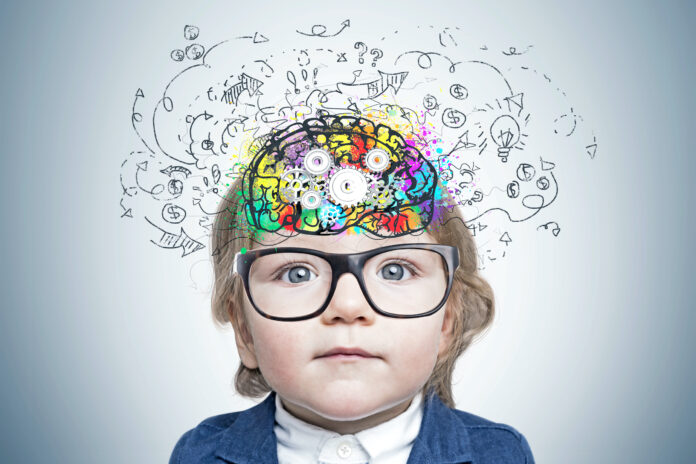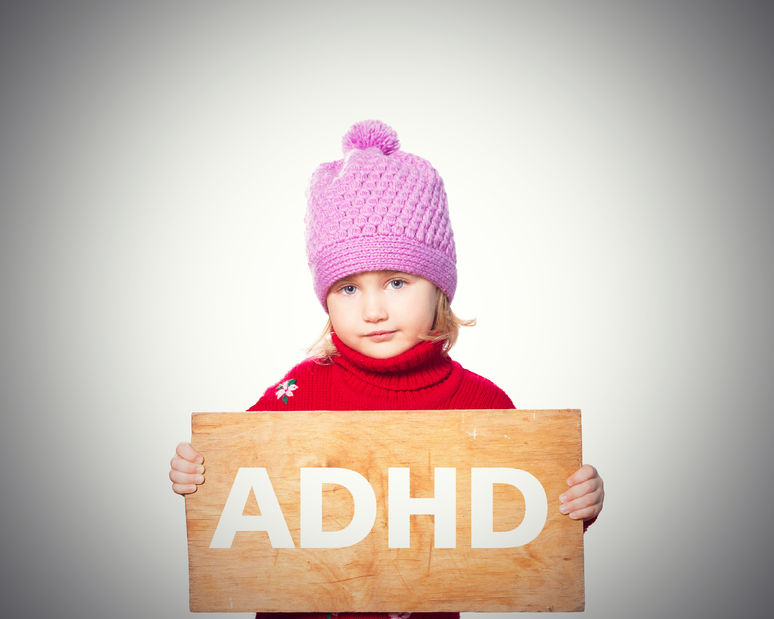Attention Deficit Hyperactivity Disorder (ADHD) is a common neurodevelopmental disorder that affects many children. Explaining ADHD to a child can be a challenging but essential conversation for parents, caregivers, and teachers.
It’s crucial to foster understanding, empathy, and support, helping the child navigate their world effectively. In this blog post, we will provide you with valuable insights and practical tips on how to explain ADHD to a child in an open and supportive manner.
Understanding ADHD

This is a medical condition that affects a child’s ability to focus, control their impulses, and manage their energy levels. It’s important to begin the conversation by explaining what it is in simple terms. You can say, “ADHD is like having a super active brain that sometimes makes it hard to pay attention, sit still, or wait your turn.”
It’s Not Their Fault
It’s crucial to emphasize that ADHD is not the child’s fault. They should understand that they are not “bad” or “naughty” because of their Attention Deficit Hyperactivity Disorder. Explain that it’s a difference in their brain’s wiring and that many people have it.
Starting the Conversation
When you decide to talk to a child about their ADHD, pick a quiet and comfortable space where you won’t be interrupted. Make sure the child is in a calm and receptive mood.
Use Age-Appropriate Language
Tailor your explanation to the child’s age and developmental level. Use simple language that they can understand. For example, you can say, “Your brain works a little differently, like a superhero’s brain that’s always ready to go on an adventure.”
Discussing Symptoms
Talk About the Challenges

Discuss the specific challenges associated with Attention Deficit Hyperactivity Disorder with ADHD doctors, such as difficulty focusing on homework, staying organized, or waiting for their turn in games. Use relatable examples to help the child grasp these concepts.
Highlight Strengths
While discussing challenges, also highlight the kid strengths. It often comes with unique talents like creativity and thinking outside the box. Let them know that having this disorder can make them special in many ways.
Encouraging Questions
Create a Safe Space
Let the child know that they can ask questions and express their feelings without judgment. Reassure them that you are there to support and help them.
Be Patient
Sometimes, kids might not have questions immediately. Be patient and give them time to process the information. Encourage questions at any time, not just during the initial conversation.
Coping Strategies
Introducing coping strategies is essential when explaining ADHD to a child. These techniques empower them to manage their symptoms effectively. Setting up a structured routine helps create predictability in their daily life, which can be comforting. Visual aids, like calendars and to-do lists, assist in organization and time management.
Teaching the child to recognize their triggers and take short breaks when needed promotes self-awareness and self-regulation. Breathing exercises and mindfulness techniques can also calm their racing thoughts.
It’s crucial to involve the kid in choosing and implementing these strategies, as it gives them a sense of control and ownership over their management. These coping tools become invaluable resources for navigating challenges and thriving with Attention Deficit Hyperactivity Disorder.
Seeking Professional Help
Explain the Role of Specialists

If the youth is already seeing a specialist for their ADHD or if it becomes necessary, explain the role of doctors, therapists, or counselors in helping them manage their condition.
For those who have yet to consult a doctor or specialist, consider visiting Serenity Healthcare in Nocatee or a similar reputable clinic elsewhere for a comprehensive assessment.
These centers offer personalized ADHD care, designing treatment plans that address each individual’s unique needs.
By working with professionals who understand ADHD and its impact, individuals can benefit from a holistic approach and other support services, ultimately helping them manage symptoms more effectively and lead a balanced life.
Normalize Therapy
Make therapy or counseling seem like a regular part of taking care of one’s health. You can say, “Just like we visit the doctor when we have a cold, we also see a special doctor to help with our superactive brain.”
Dealing with Misconceptions
Address Misunderstandings
Kids may encounter misconceptions or stereotypes about this disorder from their peers or media. Address these misunderstandings and provide accurate information to counteract them.
Promote Acceptance
Encourage the youth to embrace their Attention Deficit Hyperactivity Disorder as a unique part of who they are. Teach them that being different is something to be proud of.
Talking to Teachers and Friends
Effective communication with teachers is vital when a child has ADHD. It ensures that educators are aware of the child’s unique needs and can provide appropriate support in the classroom.
Parents and caregivers should maintain an open line of dialogue with teachers, sharing insights into the kids-related challenges and strategies that work best for them.
Regular meetings and progress updates help both sides stay informed and collaborative in fostering junior success. Teachers can make necessary accommodations and modifications to their teaching methods, creating a more inclusive and supportive learning environment.
This communication is instrumental in ensuring that the child receives the tailored assistance they require to thrive academically and socially.
Sharing with Friends
Encouraging a child to share their condition with close friends fosters understanding and empathy. It can help create a supportive social environment where friends are more patient and accommodating.
While the decision to disclose their ADHD should be the kids, parents, and caregivers can guide them on how to explain it in simple terms. True friends will embrace the child for who they are, leading to stronger friendships and a sense of belonging.
Building Self-Esteem

Building self-esteem in a child is a crucial aspect of their overall well-being. It involves recognizing and celebrating their achievements, no matter how small, to boost their confidence.
Encouraging self-advocacy is equally important, as it empowers them to express their needs and preferences in various settings, including school and social interactions.
Self-esteem can be nurtured by offering consistent praise and validation for their efforts and accomplishments.
Focusing on their strengths and unique qualities helps them develop a positive self-image. Additionally, teaching them problem-solving skills and resilience can enhance their confidence in handling challenges that may arise due to related difficulties.
By building self-esteem in kids with ADHD, we provide them with a strong foundation for facing the world with confidence and a sense of self-worth.
This not only helps them manage their condition effectively but also encourages them to embrace their uniqueness and achieve their full potential.
Conclusion: An Ongoing Conversation
In conclusion, discussing ADHD with a child is a vital step in their journey towards self-acceptance and effective management of their condition.
Begin with a clear explanation of ADHD, emphasizing that it’s not their fault. Choose the right time and place, use age-appropriate language, and discuss both the challenges and strengths associated with ADHD.







